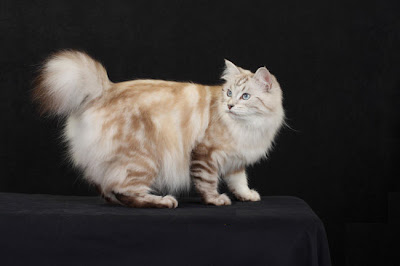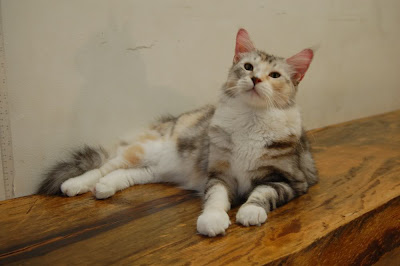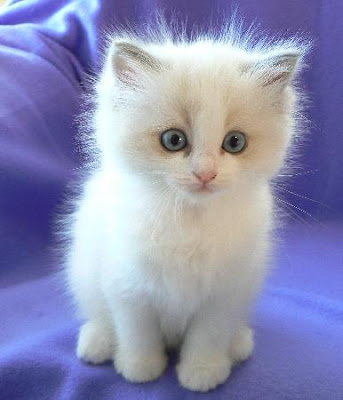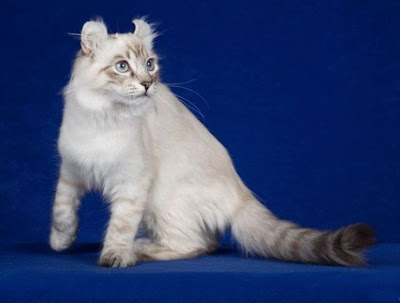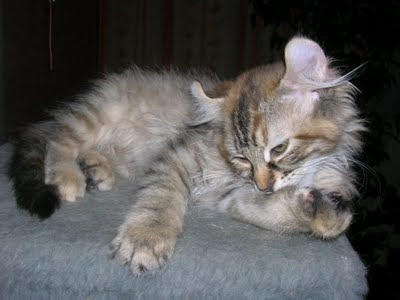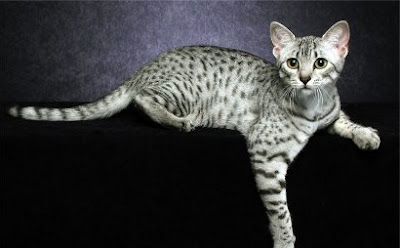
Okay, it's my usual unreasonable week. Have I ever swam in the ocean? Yes, out East, in Georgia. Have I ever seen a shark? - only in an aquarium. Is this an unreasonable fear? - ABSOLUTELY! I think it stems from my father's experiences in the Navy in WWII when I was told the tales of yum yum yellow. So do I get on boats? Yes, I learned to swim off of one of my fathers. But, I don't swim in the ocean. Not to worry on that note - although we've lots of water in Michigan, it's fresh water.
I totally believe in live and let live. And, I figure there is a shark out there with my name on it and he's looking to say "Hello". Yup, that comes under totally insane unrealistic anticipation. LOL My unreasonableness on this topic surprises even me. You see, I'm the gal who would just LOVE to be catapulted off an aircraft carrier in a jet. Even though it would require an ocean.
So what an I doing - watching Shark Week!!! What is your craziest fear?
I totally believe in live and let live. And, I figure there is a shark out there with my name on it and he's looking to say "Hello". Yup, that comes under totally insane unrealistic anticipation. LOL My unreasonableness on this topic surprises even me. You see, I'm the gal who would just LOVE to be catapulted off an aircraft carrier in a jet. Even though it would require an ocean.
So what an I doing - watching Shark Week!!! What is your craziest fear?





